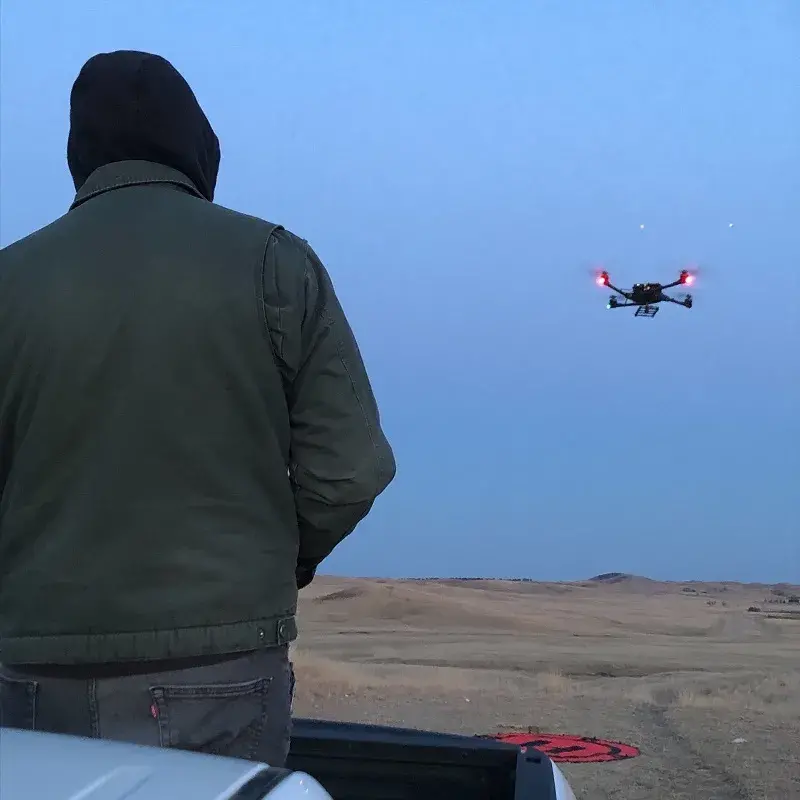The northern border between the United States and Canada is an important conduit for trade and travel. Safeguarding the vast geographical landscape and multiple points of entry presents unique challenges, such as human trafficking, smuggling of illicit drugs and other substances, and protection of a diverse array of terrain. The Science and Technology Directorate (S&T) and a coalition of federal partners are teaming up to assess technologies and aircraft that will inform the nation’s ability to monitor our airspace and secure our borders.
About Air Domain Awareness
 Bad actors oftentimes utilize low, slow-flying aircraft, both manned and unmanned, to attempt to enter the United States through unpopulated and remote areas along the northern border. These aircraft represent a significant security challenge, so it is important to have aerial surveillance systems in place that can quickly and accurately detect, track, and identify them.
Bad actors oftentimes utilize low, slow-flying aircraft, both manned and unmanned, to attempt to enter the United States through unpopulated and remote areas along the northern border. These aircraft represent a significant security challenge, so it is important to have aerial surveillance systems in place that can quickly and accurately detect, track, and identify them.
Air Domain Awareness (ADA) is essential for a wide range of security and defense activities, especially prevention of and responses to potential incursions and other illegal activities at various points of entry into the country.
S&T is working with various federal partners and select vendors on an ongoing initiative to test, evaluate, and implement state-of-the-art aerial surveillance technologies, sensors, and capabilities in lowland plains, urban, mountainous, and maritime environments along the northern border. The primary objective of these tests and evaluations is to assess and demonstrate the capabilities of ADA technologies such as radar systems, cameras, radio frequency detection systems, acoustic devices, and other selected electronic capture equipment to determine how effectively they can provide surveillance in the diverse environments and terrains that surround the northern border.
Upcoming Technology Assessments and Implementation
Over the next year, S&T and its partners will hold a series of ADA demonstrations at testing sites along the northern border. Each site will have unique geographies that will challenge the capabilities of the technologies being evaluated. At the conclusion of these demonstrations, S&T will develop comprehensive reports detailing the technologies that were tested, their capabilities, and how they each performed in the field. These reports will then be shared with all federal agencies and organizations looking to procure and implement ADA technologies at the northern border and other key points of entry around the country.
Partners
- U.S. Custom and Border Protection’s Air and Marine Operations
- U.S. Coast Guard
- Federal Aviation Administration
- U.S. Department of Defense
Resources
News
- Feature Article: Montana Skies Provide the Perfect Backdrop for Testing Border Security Tech
- Feature Article: Safely Integrating Our Airspace in the Age of Drones
- News Release: S&T Tests Innovative Air Domain Awareness Technology
- Feature Article: Evaluating Border Security Technologies in the Plains (and Skies) of North Dakota
- Feature Article: S&T Collaborates with Federal Partners to Improve Air Domain Awareness at the Northern Border
